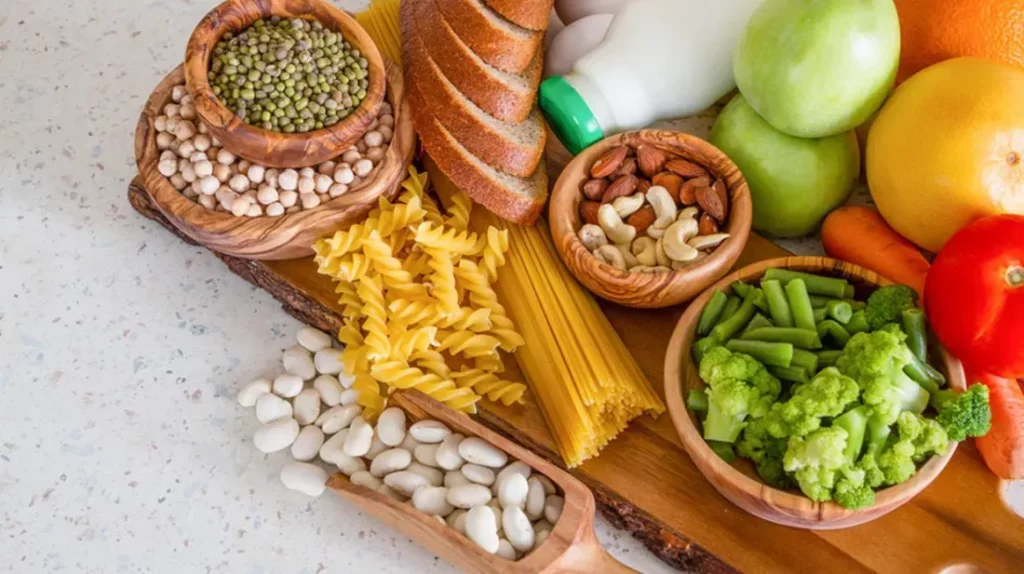Overview
Proper nutrition means eating a well-balanced diet so that your body can get the nutrients needed for good health and wellness. If your diet is low in the nutrients your body needs, your mouth may have a more difficult time resisting infection. This may contribute to periodontal disease, a major cause of tooth loss in adults. Although poor nutrition does not cause periodontal disease directly, many researchers believe that the disease progresses faster and can be more severe in people with nutrient-poor diets.
If you’re caring for children, a balanced diet along with good oral hygiene habits will help them develop strong, decay-resistant teeth. Pay particular attention to calcium, phosphorous and proper levels of fluoride.
Eating patterns and food choices among children and teens are important factors that affect how quickly youngsters may develop tooth decay. When bacteria come into contact with food in the mouth, acid is produced that attacks the teeth. This can eventually lead to tooth decay, if flossing and tooth brushing are not completed on a regular basis.
Understanding
A poor diet can lead to gum disease and tooth decay. Foods high in carbohydrates, sugars and starches greatly contribute to the production of plaque acids that attack the tooth enamel. Eventually, these acids can cause tooth enamel to break down, forming a cavity.
If you do eat foods high in sugar or starch, try to eat them during meals, rather than between meals, and avoid any foods that stick to your teeth, because these can produce more plaque. Saliva production rises during meals, which can help rinse food and acids from the mouth.
Foods that contain sugars of any kind can contribute to tooth decay. Almost all foods, including milk and vegetables, contain some type of sugar; however; these foods are a necessary part of a healthy diet, because many of them also contain important nutrients. To help control the amount of sugar you consume, read food labels and choose foods and beverages that are low in added sugars. Added sugars are often present in soft drinks, candy, cookies and pastries.

